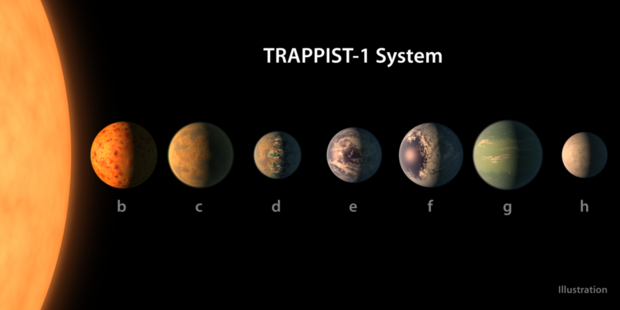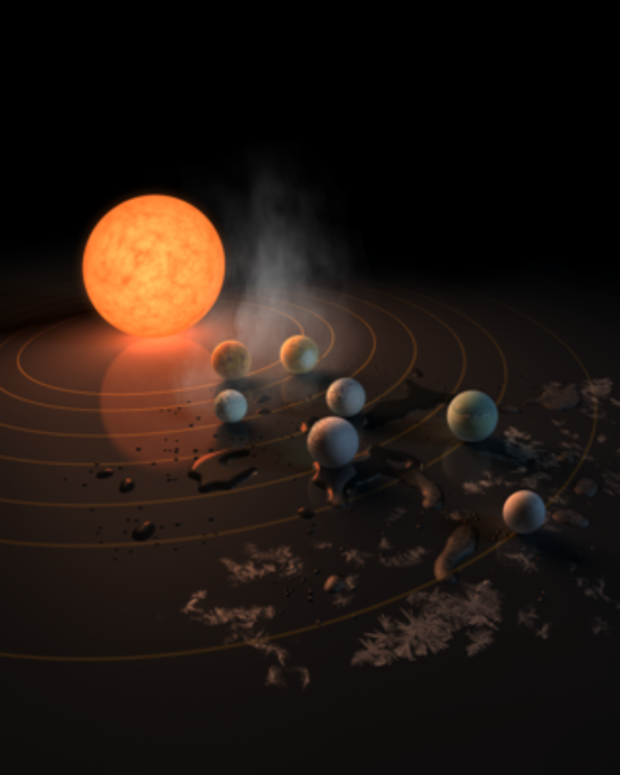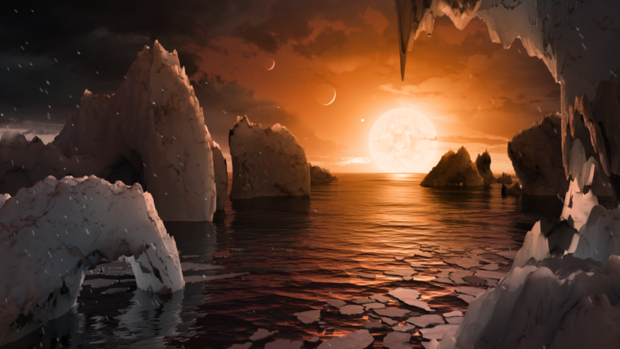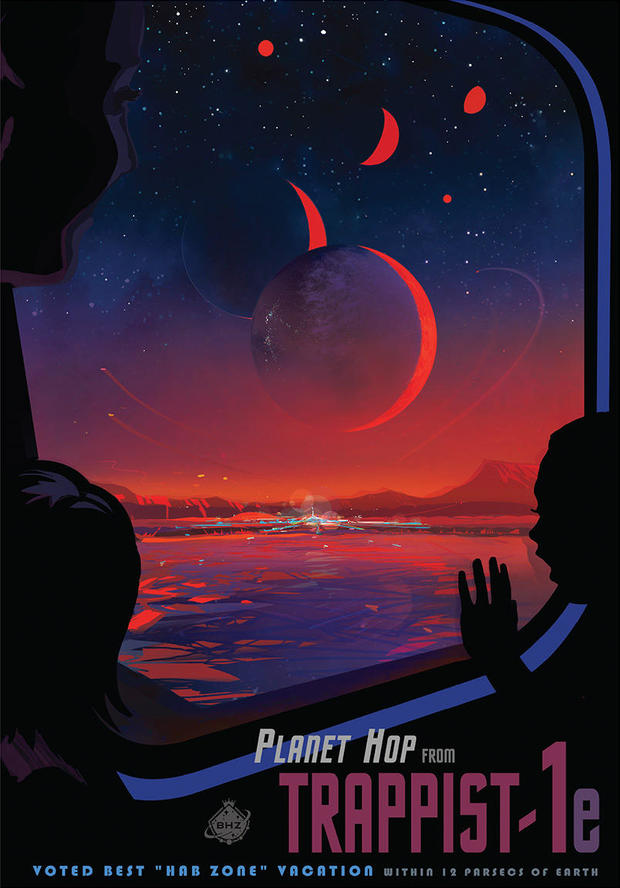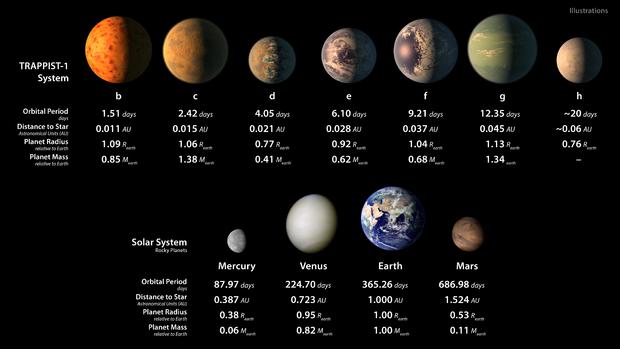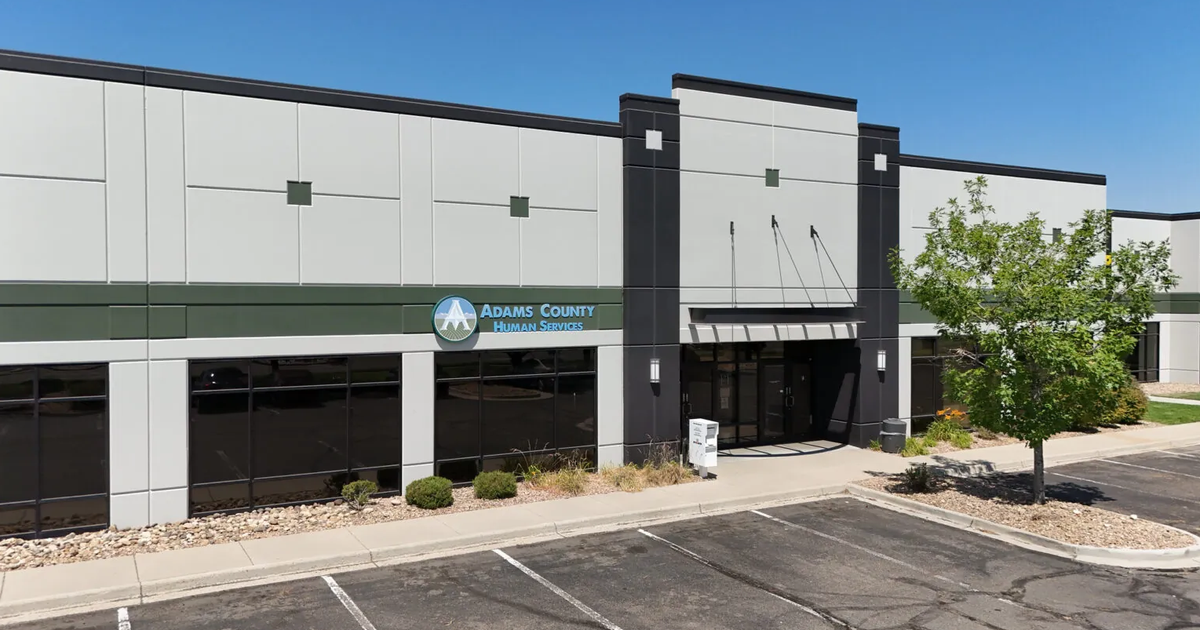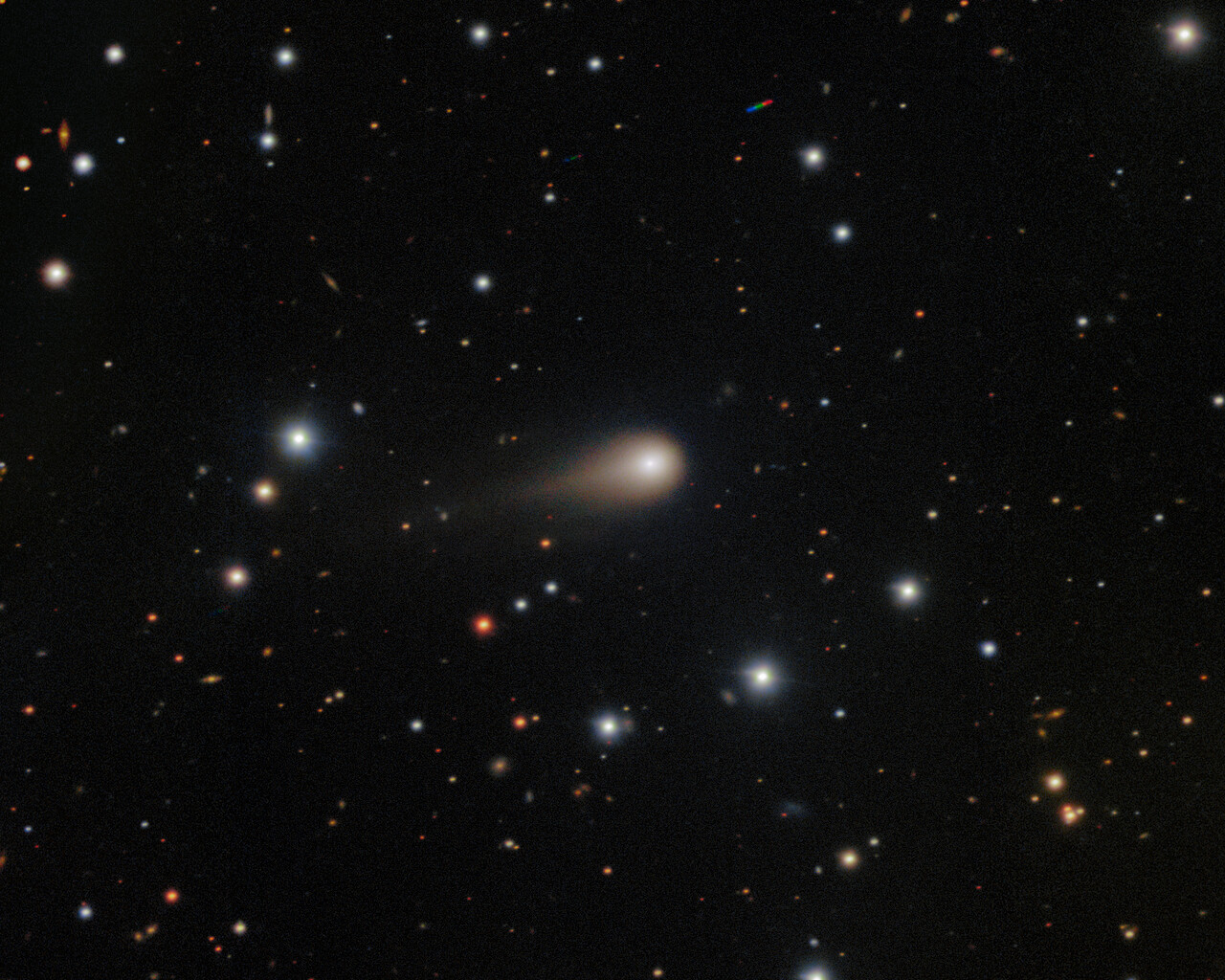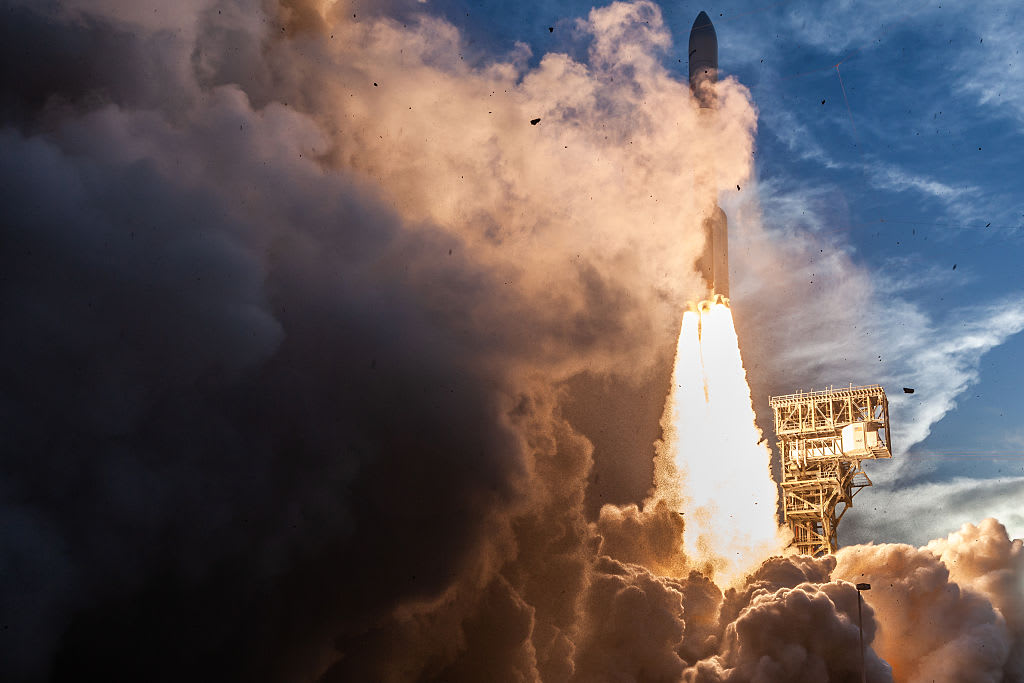Treasure trove of new planets found
NASA’s Spitzer Space Telescope has revealed seven Earth-size planets orbiting around a single star, researchers announced Feb. 22, 2017. And the breakthrough doesn’t stop there: At least three of these planets are located in the star’s “habitable zone,” meaning the conditions exist for liquid water, key to life as we know it on Earth, to be present on those planets.
The discovery sets a new record for the greatest number of habitable-zone planets found around a single star outside our solar system.
“Answering the question ‘are we alone’ is a top science priority and finding so many planets like these for the first time in the habitable zone is a remarkable step forward toward that goal,” Thomas Zurbuchen, associate administrator of NASA’s Science Mission Directorate, said in a statement.
This artist’s concept shows what each of the planets in the TRAPPIST-1 system look like, based on information about their sizes, masses and orbital distances.
The center of the system
This artist’s concept of the TRAPPIST-1 star, the ultra-cool dwarf surrounded by seven Earth-size planets, appeared on the cover of the journal Nature. The distant solar system is nearly 40 light-years away.
Any of these seven planets might be able to hold liquid water, but the planets further from the star are more likely to contain significant amounts of ice, especially on the sides that face away from the sun’s warmth, NASA said.
The planetary system is named for the telescope first used to pinpoint it: Belgium’s Transiting Planets and Planetesimals Small Telescope, or TRAPPIST, observatory in Chile, which detected the presence of two exoplanets. NASA’s infrared-sensitive Spitzer Space Telescope and the European Southern Observatory’s Very Large Telescope then spent 500 hours studying the star, confirming the existence of the two planets and discovering five more.
Imagining life on TRAPPIST-1f
This artist’s illustration shows the possible surface of TRAPPIST-1f, the planet third-farthest from the dwarf sun in the TRAPPIST-1 system. Future study of this planetary system could reveal conditions suitable for life, NASA said.
Another view of TRAPPIST-1
This artist’s impression shows what the dwarf star TRAPPIST-1 and its planetary system might look like from just above one of the seven Earth-sized planets in the system.
Getting a sense of scale
This illustration shows the seven planets as they might look as viewed from Earth using an imaginary, powerful telescope. The sizes and relative positions are all to scale. The sun in this system, TRAPPIST-1, is not much bigger than Jupiter.
Planetary surface
This illustration is an artist’s concept of the surface of TRAPPIST-1e, one of the seven planets orbiting the dwarf start TRAPPIST-1. Over 21 days, NASA’s Spitzer Space Telescope measured the drop in light as each planet passed in front of the star. The study established the planets’ size, distance from their sun and, for some of them, their approximate mass and density. It also established that some, if not all, these planets are tidally locked, meaning one face of the planet permanently faces their sun.
TRAPPIST-1e is shown covered in water, but with progressively larger ice caps on the night side.
The habitable zone
Three of the planets in the TRAPPIST-1 system -- known as TRAPPIST-1e, f and g -- are in their star’s habitable zone. The habitable zone, or “Goldilocks zone,” is a band around every star (shown here in green) where astronomers have calculated that temperatures are just right -- not too hot, not too cold -- for liquid water to form on the surface of an Earth-like world. If water exists, the planet could hold the potential for life.
While the other planets may be either too close or too far from their sun to be habitable, NASA says more optimistic temperature scenarios could allow any or all of the planets to harbor liquid water.
Future space tourism?
The planet dubbed TRAPPIST-1e is thought to offer unusual views of the other planets in the newly discovered planetary system against a brilliant, red sky. This NASA poster imagines what a trip to TRAPPIST-1e might look like for humans.
“Finding a second Earth is not just a matter of if, but when,” said NASA’s Thomas Zurbuchen. “Just imagine how many worlds are out there that have a shot at becoming a habitable system that we could explore.”
How the planets stack up
A comparison of the newly discovered planetary system to our solar system. The close orbits of the TRAPPIST-1 planets most closely resemble Jupiter and its system of orbiting moons.
All about the planets
This chart shows, on the top row, artists’ conceptions of the seven planets of TRAPPIST-1 with their orbital periods, distances from their star, radii and masses as compared to those of Earth. The bottom row shows data about Mercury, Venus, Earth and Mars.
